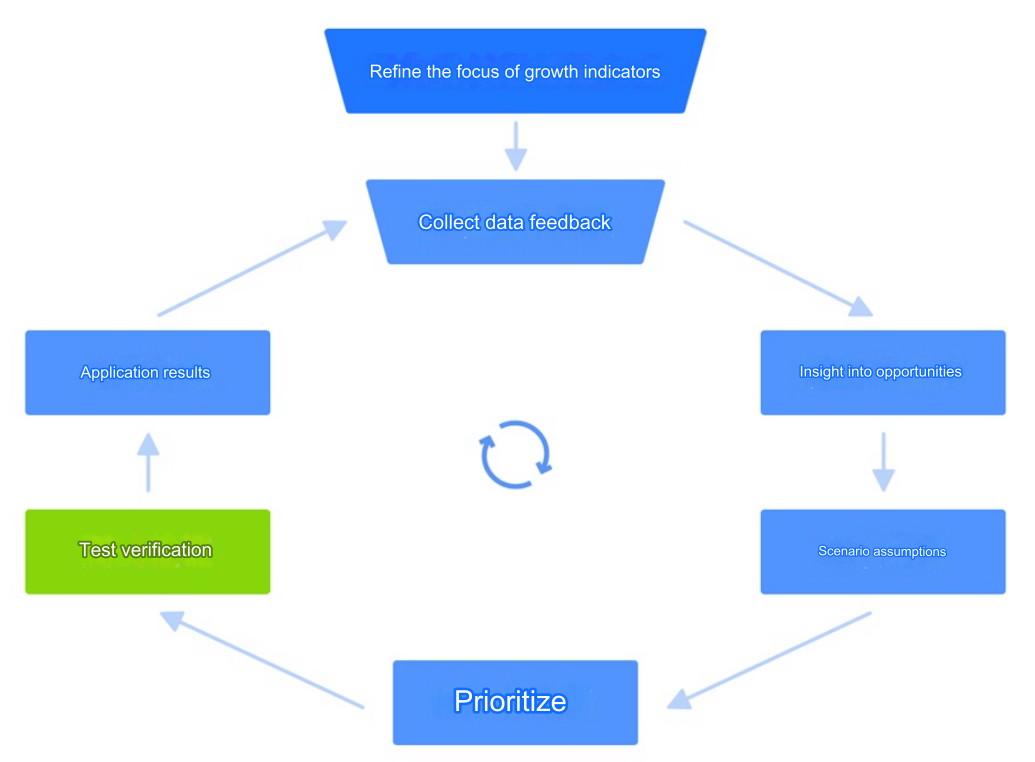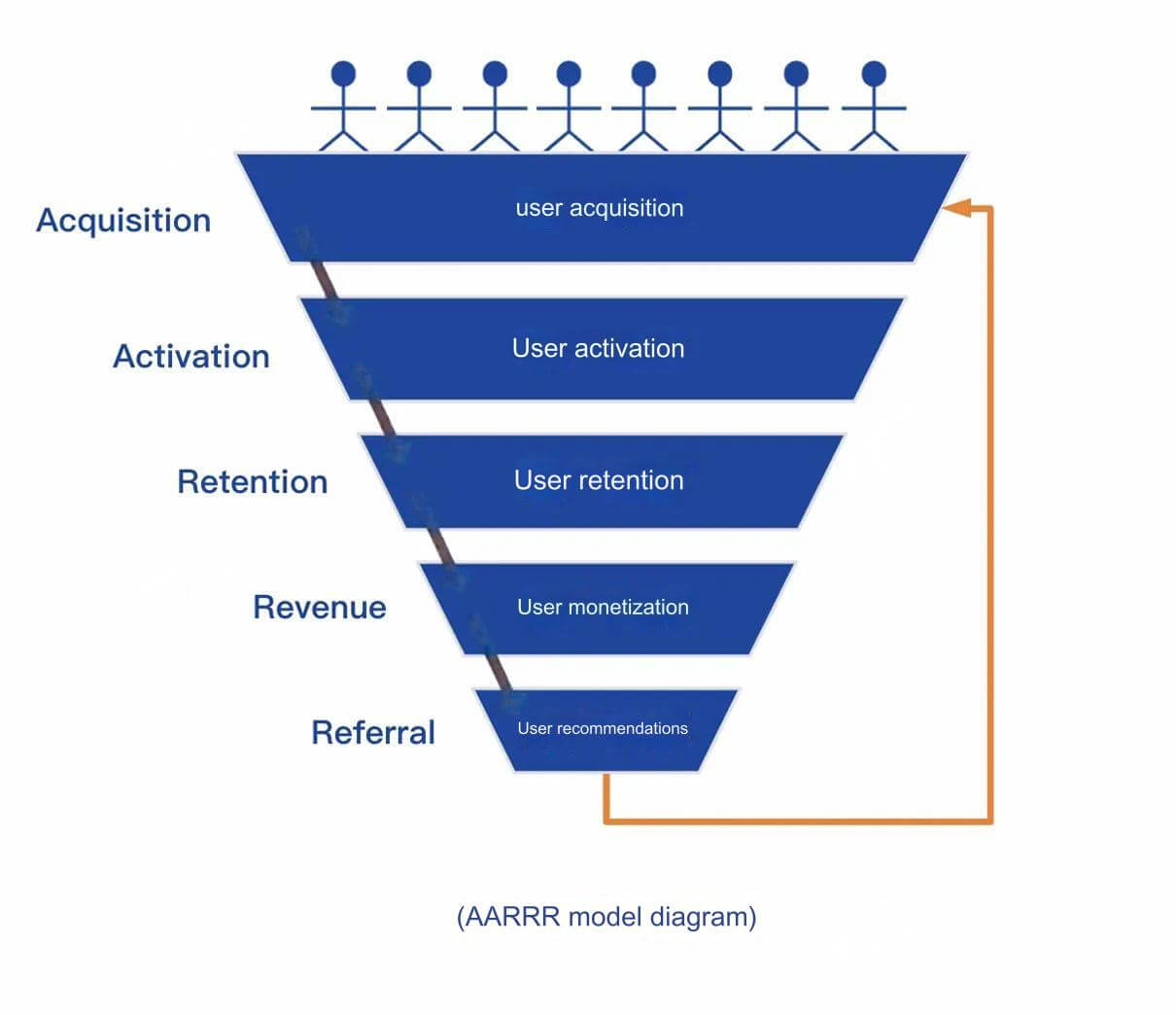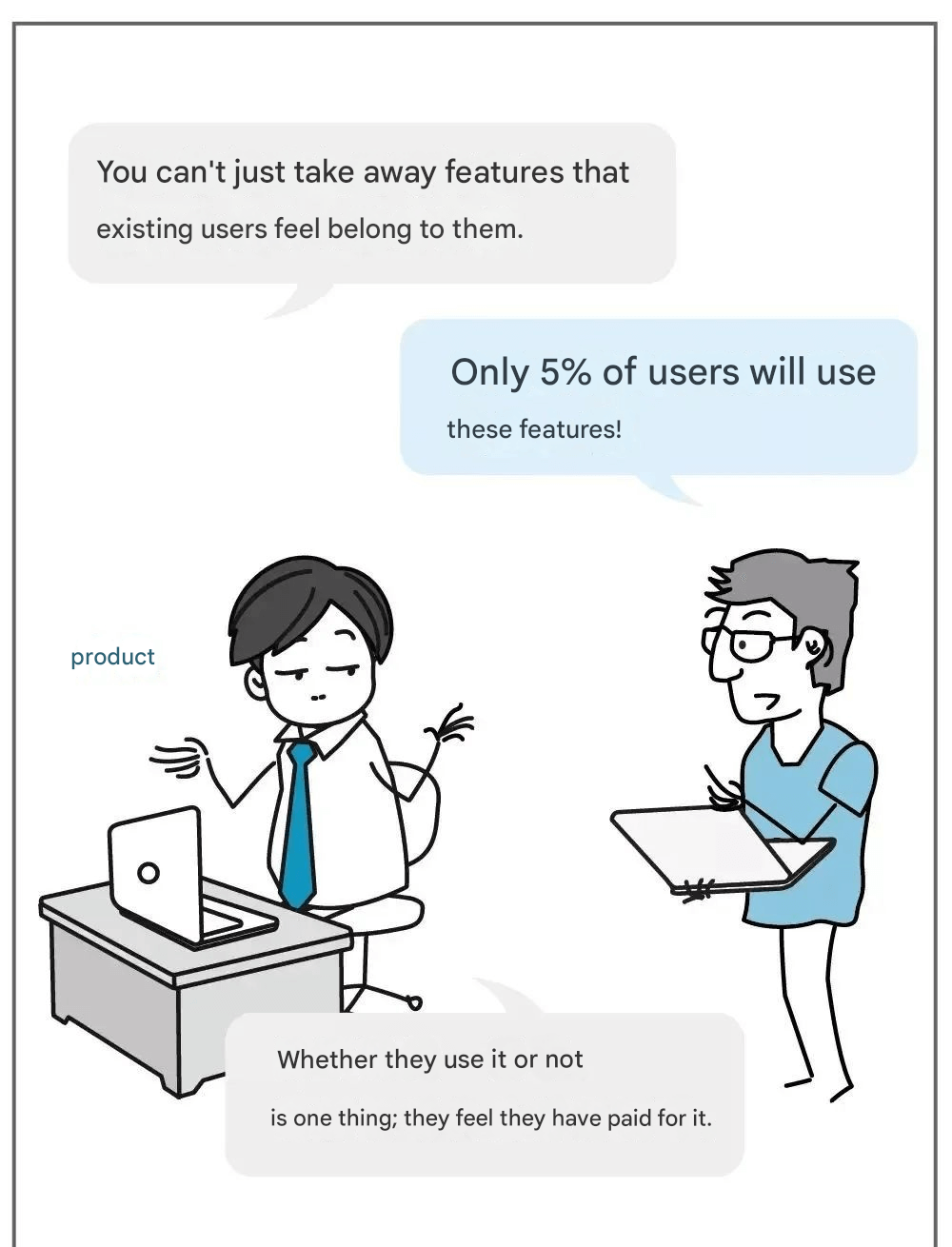In today’s fiercely competitive market, the contest between brands is no longer limited to product functionality and pricing. Emotional value marketing has gradually become the key for brands to stand out. This article delves into the importance of emotional value marketing and analyzes how it resonates with consumers emotionally, offering valuable insights.

What is Emotional Value Marketing?
Emotional value marketing is a strategy aimed at evoking positive emotions in consumers to enhance brand awareness, favorability, and loyalty. This approach goes beyond the traditional emphasis on product features and focuses on creating emotional connections with consumers, fostering deeper brand recognition and affinity.
At its core, emotional value marketing leverages psychological principles, particularly emotional psychology, to influence consumer behavior. By employing mechanisms such as emotional resonance, emotional association, and emotional transfer, brands can effectively attract and retain their target audience.
Emotional resonance: A brand’s story or marketing message strikes a chord with consumers, eliciting shared feelings.
Emotional association: A brand associates itself with specific emotions or scenarios, crafting a positive image in consumers’ minds.
Emotional transfer: Consumers transfer their admiration for a celebrity or cherished entity to a product endorsed by or connected to that entity.
Why Emotional Value Marketing Matters
1. Boosting Brand Loyalty and Reducing Churn
Emotional value marketing significantly enhances brand loyalty and reduces customer attrition. When consumers form an emotional bond with a brand, they develop a sense of trust and psychological dependence. This bond inclines them to stick with a familiar, trusted brand even when faced with competitors.
For instance, Apple has cultivated a loyal global fan base by telling stories of innovation and world-changing impact. These fans not only purchase Apple products but also actively participate in Apple communities, becoming unwavering brand advocates. Emotional connections like these not only increase customer satisfaction but also translate into long-term loyalty and consistent revenue streams.
2. Encouraging Word-of-Mouth Promotion
Positive emotional experiences encourage satisfied customers to recommend a brand to others, thereby attracting more potential customers. In today’s society, people increasingly rely on recommendations to make purchasing decisions. When consumers have a favorable emotional experience with a brand, they often share it through social media, conversations, and other channels.
For example, Starbucks creates a cozy and welcoming ambiance in its stores, offering high-quality coffee and services. Customers, enjoying their time there, naturally recommend Starbucks to friends and family. This word-of-mouth effect significantly amplifies brand visibility and influence, drawing new customers effortlessly.
3. Enhancing Product Value and Driving Sales
Emotional value marketing increases a product’s perceived value, making consumers more willing to pay a premium, thereby boosting sales. In today’s market, consumers seek more than just products—they look for emotional experiences and lifestyle symbols. Emotional marketing imbues products with unique meanings, creating compelling selling points.
Take Nike, for instance. Beyond selling athletic footwear, Nike inspires people to lead active, healthy lives through its iconic “Just Do It” slogan. This emotional value sets Nike apart from competitors, attracting consumers willing to pay extra for its products. Emotional value marketing thus not only enhances competitiveness but also drives revenue growth.
4. Differentiating Brands in Saturated Markets
In highly commoditized markets, emotional value has become a critical differentiator, helping brands stand out. As technology advances and markets mature, products across industries often become standardized, making it challenging for consumers to distinguish between brands based on functionality alone. Emotional value provides a vital edge by creating unique emotional experiences that establish distinct brand personalities in consumers’ minds.
For example, IKEA has successfully positioned itself as a brand representing cozy, creative home living through its simple yet innovative designs and family-oriented displays. This emotional differentiation has made IKEA a preferred choice for quality-conscious consumers, enabling the brand to shine in the crowded furniture market.
How to Effectively Implement Emotional Value Marketing
1. Understand Your Target Audience
To implement emotional value marketing effectively, businesses must deeply understand their target audience’s cultural background, interests, and lifestyles, allowing them to pinpoint emotional touchpoints that resonate. This critical step shapes all subsequent marketing activities.
Businesses can gather insights through market research, social media analysis, and user interviews. For instance:
Surveys can reveal basic demographic details like age, education, and occupation.
Social media monitoring tools can identify trending topics and emotional sentiments.
In-depth interviews can uncover personal stories and emotional experiences.
This data creates a comprehensive consumer profile, laying the groundwork for impactful emotional marketing campaigns.
2. Create Compelling Emotional Stories
Developing emotionally resonant stories that align with the brand’s core values is at the heart of emotional value marketing. A powerful story not only touches consumers emotionally but also conveys the brand’s philosophy and vision. Businesses should ensure their stories are authentic, emotional, and closely tied to their values.
For instance, Procter & Gamble’s “Thank You, Mom” campaign during the 2012 London Olympics brilliantly connected a mother’s selfless love with the brand’s family-oriented image, moving audiences worldwide and enhancing its reputation.
3. Leverage Diverse Channels
Utilizing social media, short video platforms, and other diverse channels is essential for reaching target audiences effectively. In the digital age, platforms like these are where people primarily access information and share opinions.
For example:
Brands can post stories on platforms like Instagram and WeChat, engaging with followers in real-time.
Creative short videos on platforms like TikTok or YouTube can attract younger audiences.
Professional content on LinkedIn or Reddit can establish a brand’s authority.
Collaborating with influencers or other brands can further expand the reach and impact of emotional content.
4. Encourage User Participation
Encouraging user involvement, such as interactive campaigns or user-generated content, fosters a sense of belonging and engagement. Hosting online and offline activities can spark user enthusiasm and make them feel valued.
For instance, Nike’s “Run for Something Better” campaign invited users to log their running miles, converting them into charitable donations. This initiative not only promoted health consciousness but also highlighted Nike’s commitment to social responsibility.
5. Maintain Long-Term Emotional Connections
Building emotional connections is a long-term process. Brands should regularly release relevant content, express holiday greetings, and engage in consistent communication to nurture these relationships.
For example, Starbucks’ annual Christmas-themed drinks and gifts bring holiday cheer to customers. CRM systems can also track consumer preferences, enabling personalized services and reinforcing emotional bonds.
Conclusion
Emotional value marketing is more than a tactic—it serves as a bridge between brands and consumers. Through thoughtful planning and execution, it can help businesses gain market recognition, build a positive brand image, and achieve lasting success. By prioritizing emotional value, brands can create meaningful relationships with consumers, ensuring a competitive edge in today’s dynamic marketplace.







